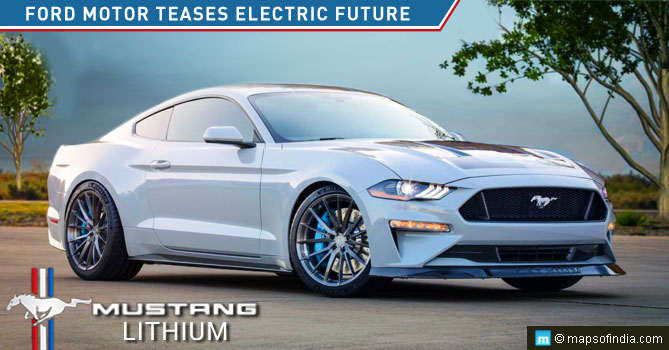
The Honda City has built a respectable name for itself and parent company Honda Cars India Limited over the last two decades. The craze started with the Honda City Vtec sedan almost twenty years ago. Back then owning a city was visually equivalent to having a performance car in your garage. The country was still mostly exposed to either hatchbacks or the likes of the Tata Sumo, and Safari SUVs and cars like the Opel Astra and Ford Escort were still considered to be luxury. Initially, it was just the affluent automotive aficionados living in metro cities that were able to get their hands on the City. It was one of the first entry-level performance-equivalent cars that the Indian market had seen. Today, however, it is more of a household name and the most recognizable car from Honda’s entire Indian line up.
The first redesign that the vtec underwent changed its shape entirely and made the car less sporty and more domestic than before. Its cost was also more affordable and the “dolphin” as it was dubbed earned more followers than ever. The second redesign in 2010 yet again brought back the performance car emotion, with sharp, straight lines and a drophead, crouching stance.
Honda motor company has redesigned the City every five years to keep its flagship sedan fresh and fashionable among the masses, and indeed, the car has been leading the segment in styling, performance and sales. Among its new rivals is the Maruti Suzuki Ciaz, and the two cars have gone neck to neck in popularity among the potential sedan buying class. Also disrupting the City’s smooth market inflow are the urban compact SUVs that have added to the C segment class of vehicles and split loyalties of potential Honda buyers. Its successful running-sales numbers have dropped from a monthly average of five thousand units to less than half at just two thousand by the beginning of the year 2019. The industry slowdown has also been responsible for this steep fall in the City’s sales and come 2020; the car is set to get yet another complete makeover. Though the launch will be scheduled sometime between the first and second FQs next year, Honda has planned its global premiere of the City, sometime next month.
The fifth-generation facelift of the Honda City gets many cosmetic upgrades both outside and inside the car. Already spotted testing, the latest model of the City flaunts Honda’s new styling ideology which is visible in the new Civic and Amaze models as well. Set to be unveiled in Thailand, it sports a fresh new face with sharper-looking LED headlamps, an angular and sportier front bumper with a full air inlet, and Daytime running LED lights. The rear end is upswept and slightly more compact, looking as compared to the previous models and gets LED taillights.
Proportions have been increased to allow more room inside for passenger comfort. The cabin will feature a restyled dashboard with a premium interior trim finish, a new age digital metre cluster and a large touchscreen infotainment unit with Apple Car Play and Android Auto support.
The powertrain would be optional between a 1.5-litre petrol engine with direct injection mated to a new six-speed manual transmission unit, and a 1.5 diesel with a further option of a CVT. It will also be introducing the intelligent Multi-mode drive, petrol hybrid system in the Indian market.
Maruti Suzuki S-cross facelift
The Maruti Suzuki S-cross has been in the market for much longer than the likes of Vitara Brezza, the Ciaz and the Ignis, and was the kick-starter for the company’s Nexa dealership chain. Though the sales figures at Nexa dealerships crossed one million vehicles owing to the initial success of the Baleno and S-cross models, major credits go to the latter.
The last S-cross facelift in 2017 worked wonders for the otherwise dipping sales numbers of the crossover hatchback, and the company hopes to pull off the same feat, yet again. The facelifted S-cross sold almost four and a half thousand units a month for quite some time, till the compact SUV brigade marched in, and messed with everybody’s market positioning.
Another disadvantage for the S-cross has been its limited powertrain option of the 1.3 Fiat-sourced diesel engine, which will thankfully be discontinued soon, owing to the BSVI wave commencing from April 2020.
The new S-cross will get a BSVI compliant, 1.5-litre petrol motor already being used by the new Ertiga and the XL6 models. A 1.6 diesel engine is also in the pipeline, and the launch model of the S-cross might be introduced with the latter rather than the former. In addition to the new powertrain, the S-cross will also be undergoing its second complete makeover and will most probably be debuted at the 2020 Auto Expo in February, just around the corner.




